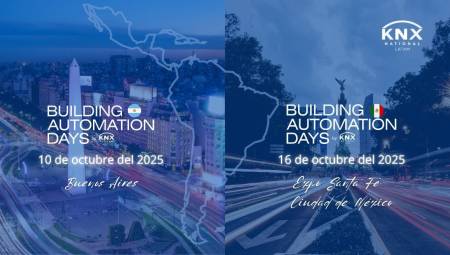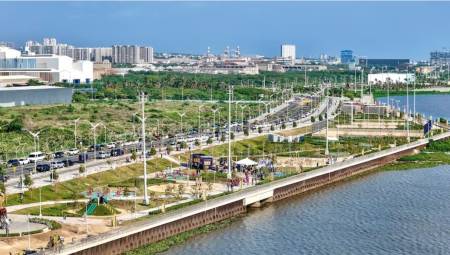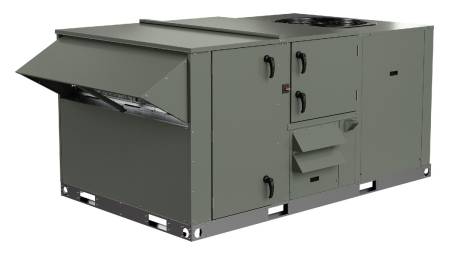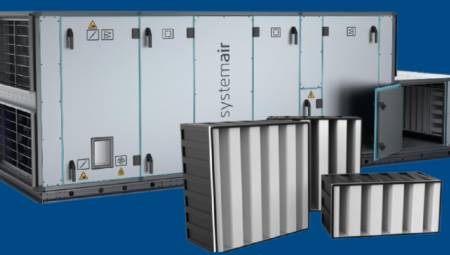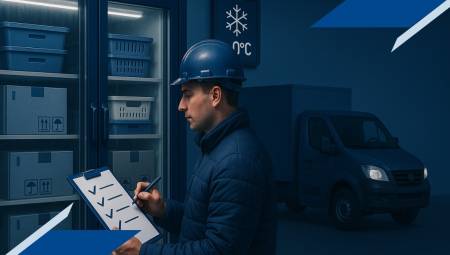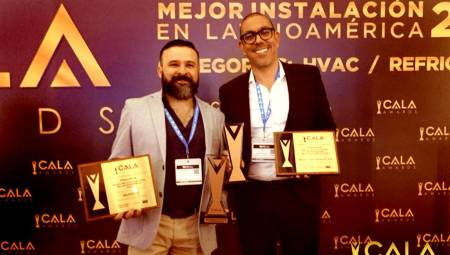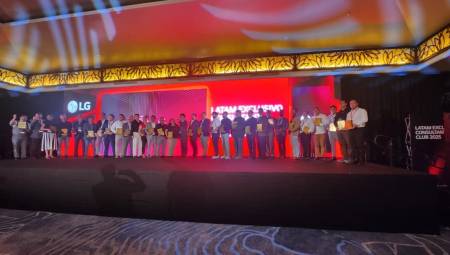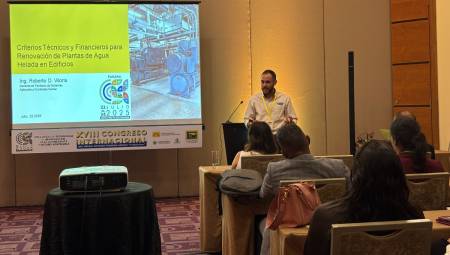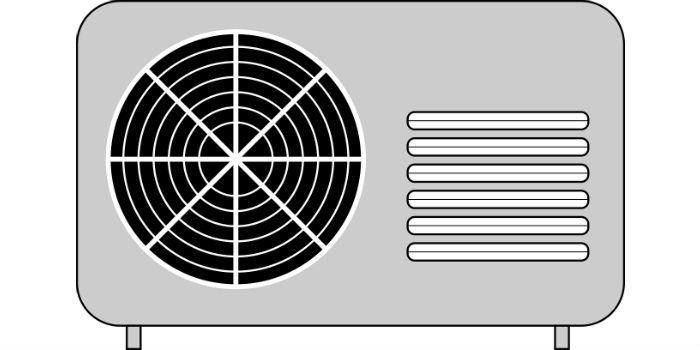 International. Of the 1.6 billion air conditioners (AC) in use worldwide at the end of 2016, more than half were in just two countries: China, which has 570 million units, and the United States, where there are 375 million. Of the 2.8 billion people living in the warmest parts of the world, only 8% currently own CA, compared to 90% in the United States and Japan.
International. Of the 1.6 billion air conditioners (AC) in use worldwide at the end of 2016, more than half were in just two countries: China, which has 570 million units, and the United States, where there are 375 million. Of the 2.8 billion people living in the warmest parts of the world, only 8% currently own CA, compared to 90% in the United States and Japan.
The total electricity used for air conditioning worldwide amounted to 2,000 TWh in 2016, or almost 10% of the 21,000 TWh of electricity consumed globally. It corresponds to emissions of 1,130 million tons (Mt) of CO2 based on the carbon intensity of electricity generation at times of demand for air conditioning and taking into account losses in transmission and distribution.
According to the IEA (International Energy Agency) "baseline scenario", which takes into account the potential effect of current policies and targets, space cooling energy needs will triple by 2050. Increased OWNERSHIP of CA would drive total electricity demand to unprecedented levels.
By 2050, about 2/3 of the world's homes could have an air conditioner. China, India and Indonesia together would account for half of the total number.
According to this scenario, global energy use for space cooling in 2050 would reach 6200 TWh, with almost 70% of the increase coming from the residential sector, and much of it in a handful of emerging economies. The share of spatial cooling in total electricity use in buildings would increase to 30%. Air conditioning would become the strongest driver of growth in building electricity demand, responsible for 40% of total electricity growth. In absolute terms, this means that the growth of air conditioning would require adding today the equivalent of the total electricity demand of the United States and Germany.
There is an opportunity to rapidly influence the growth of air conditioning-related energy demand through policies to improve efficiency. This report presents an "Efficient Cooling Scenario" based on much stronger political action that considers first and foremost the implications of much stricter minimum energy performance (MEPS) standards for air conditioning equipment, in all countries in an assertive and progressive manner, that drives up to the average efficiency of the installed equipment.
The IEA states that the average energy efficiency of CAs sold today is less than half of what is normally available on shelves, and a third of the best technology available.
Globally, energy use for space cooling in the "Efficient Cooling Scenario" would grow by less than half that in the Baseline Scenario. Air conditioning-related energy demand would increase to 3,400 TWh by 2050, 45% less than the level in the "Baseline Scenario." The savings (2800 TWh) are equivalent to all the electricity consumed by the European Union in 2016. This global AC energy efficiency unit could come into effect immediately, given the relatively short lifespan of CAs compared to buildings or infrastructure in the energy sector.
Measures to make CAs more energy efficient, along with the decarbonisation of power generation, lead to a huge reduction in air conditioning-related CO2 emissions. By 2050, those emissions would fall to just 150 million tonnes in the Efficient Cooling Scenario : just 7% of those in the Baseline Scenario and 13% of its 2016 level. Half of the savings would come directly from improving the efficiency of CAs. In addition, $1.2 trillion in power generation investments could be saved globally with more efficient AC. The average cost of electricity per capita for cooling would be cut by almost half. The IEA stresses that rigorous action by governments is urgently needed to curb the rapid growth in demand for air conditioning and achieve the results outlined in the Efficient Cooling Scenario. Priority should be given to mandatory standards and the labelling of CAs. They are relatively simple to introduce and enforce, and have the potential to make the biggest and fastest dent in increasing refrigeration demand in the coming decades.
Source: International Refrigeration Institute.



